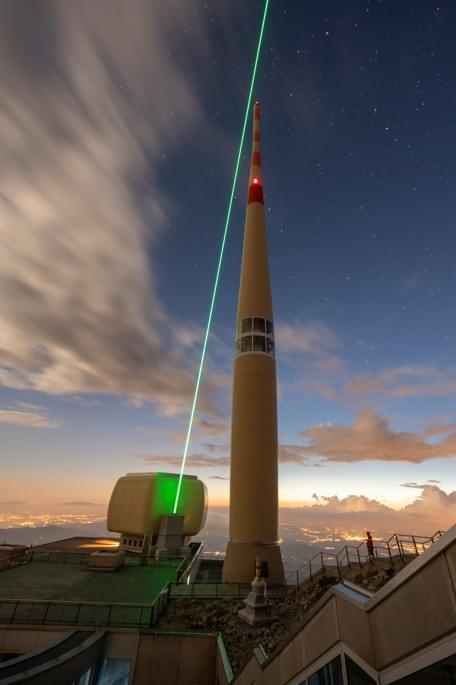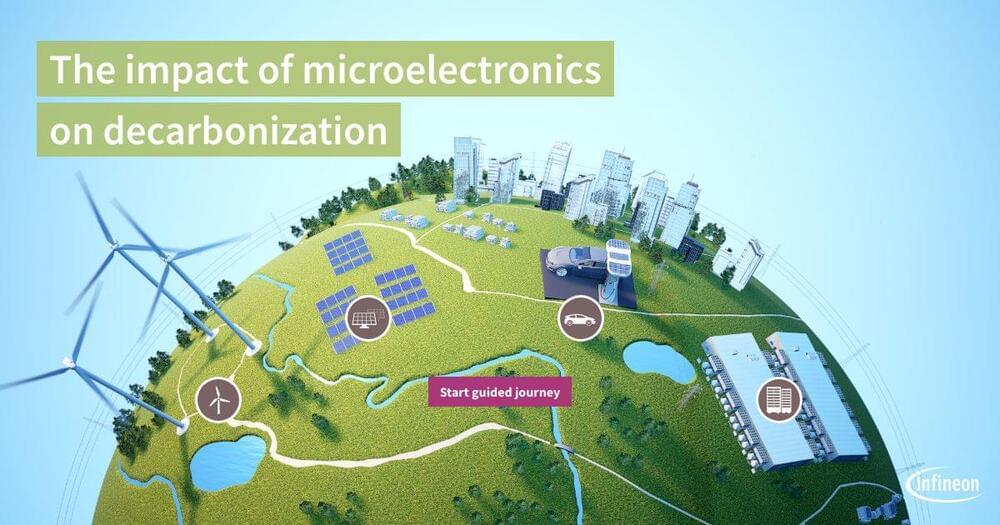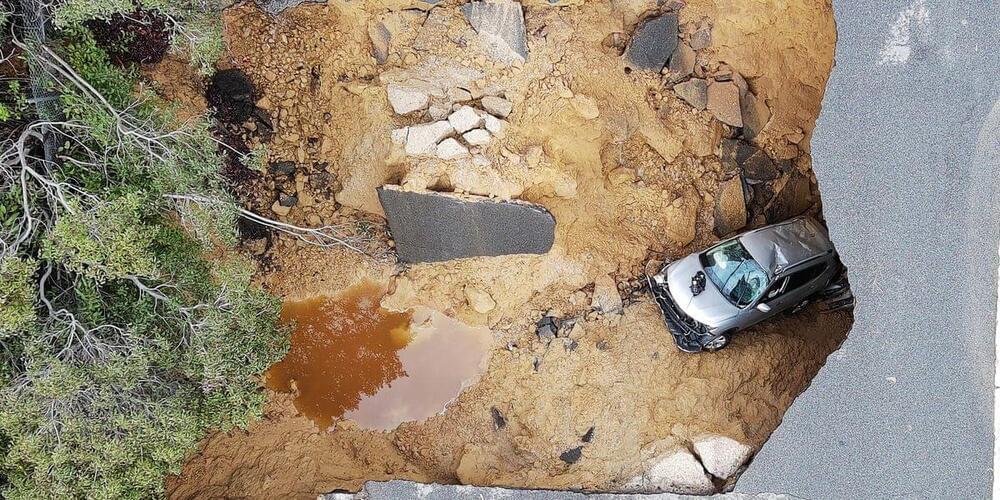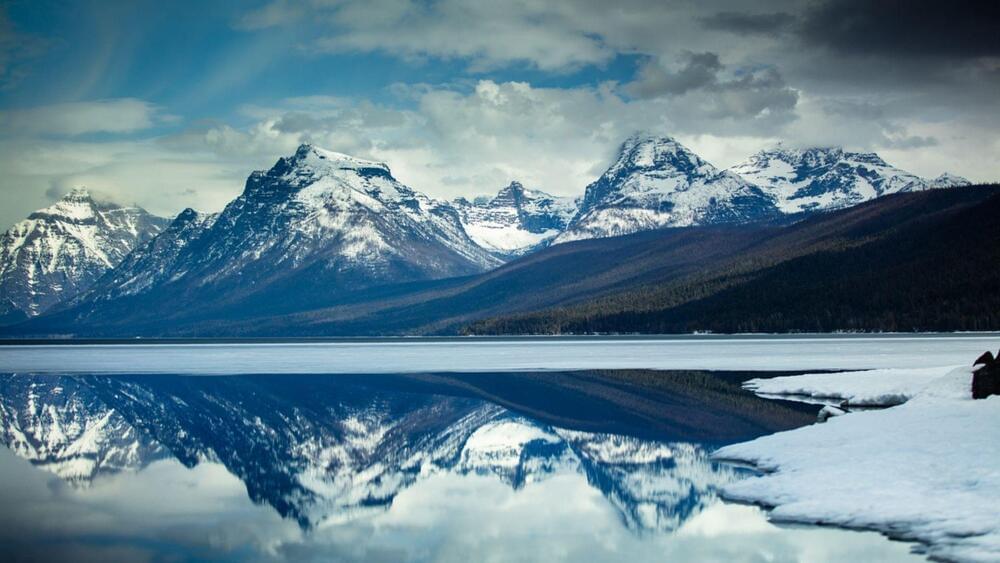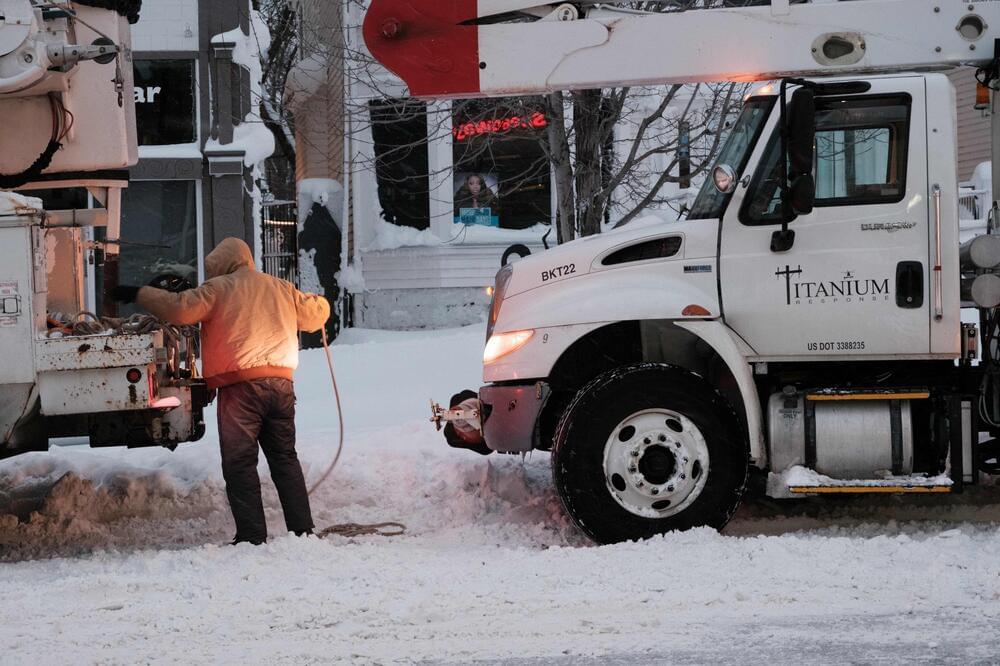
The meteorite and explosion-site quasicrystals were both uncovered by a team that includes Luca Bindi of the University of Florence, Italy, and Paul Steinhardt of Princeton University. In those previous cases, the materials were subjected to extremely high-pressure, high-temperature shock events—analysis of the meteorite sample revealed the temperature reached at least 1,200 °C and the pressure 5 GPa, while the New Mexico sample reached 1,500 °C and closer to 8 GPa. These transient, intense conditions contorted the materials’ atoms, forcing them to arrange into patterns unseen for usual laboratory conditions.
The explosion-site sample was found in a rock-like substance made of sand that had been fused together with copper wires from a measurement device that had been set up to monitor the atom-bomb test. As a trained geologist, Bindi was aware that similar substances—so-called fulgurites—are created when lightning strikes a beach or a sand dune. He wondered if lightning-fused samples might also contain quasicrystals, so he and the team set about collecting and analyzing the structures of as many fulgurites as they could lay their hands on.
Luck was on their side. In a fragment of a storm-created fulgurite from the Nebraskan Sand Hills—grass-stabilized sand dunes in northern Nebraska—the team found a micron-sized fragment of a quasicrystal with a previously unseen composition and pattern. Specifically, the newly discovered quasicrystal has a dodecagonal—12-fold symmetric—atomic structure. Such ordering is impossible in ordinary crystals, Bindi says, and is unusual even for quasicrystals (both the meteorite and explosion-site quasicrystals, as well as most lab-made ones, have fivefold symmetric patterns). “This was all more than [we] could have hoped for in such a long-shot search,” Steinhardt says.
